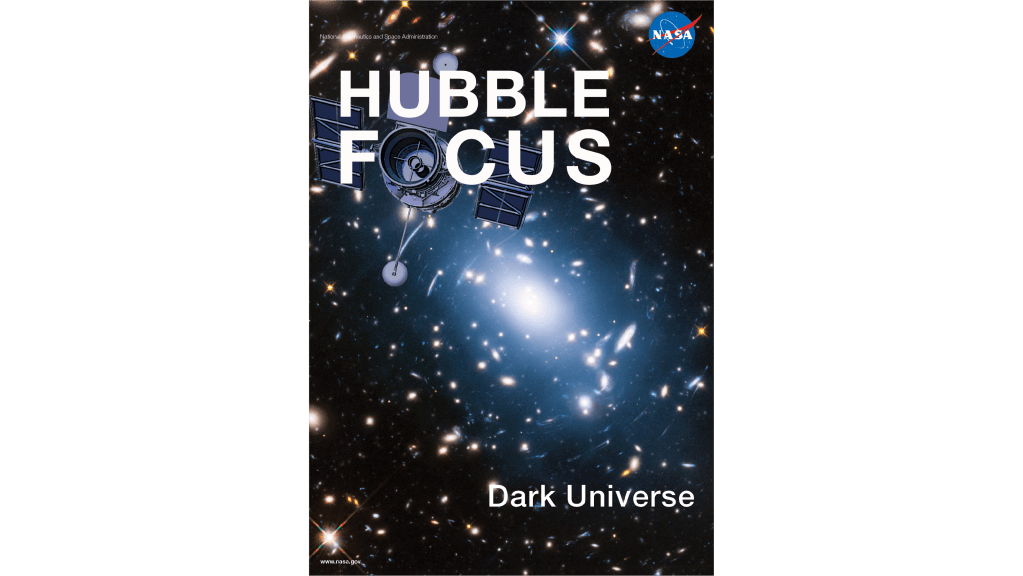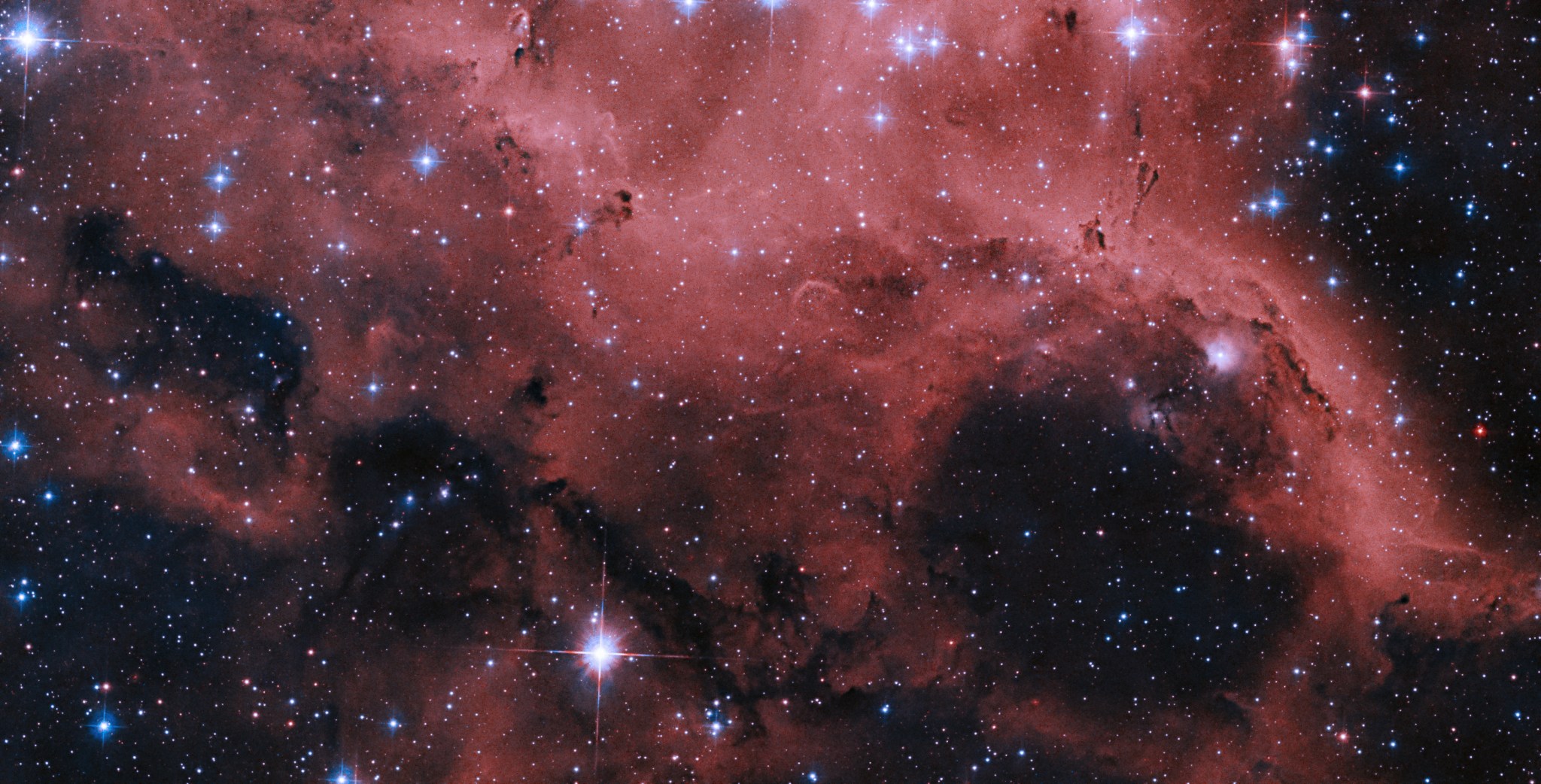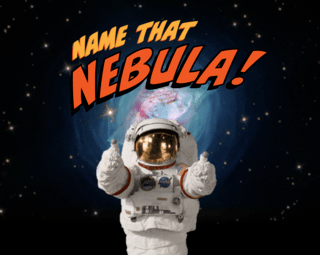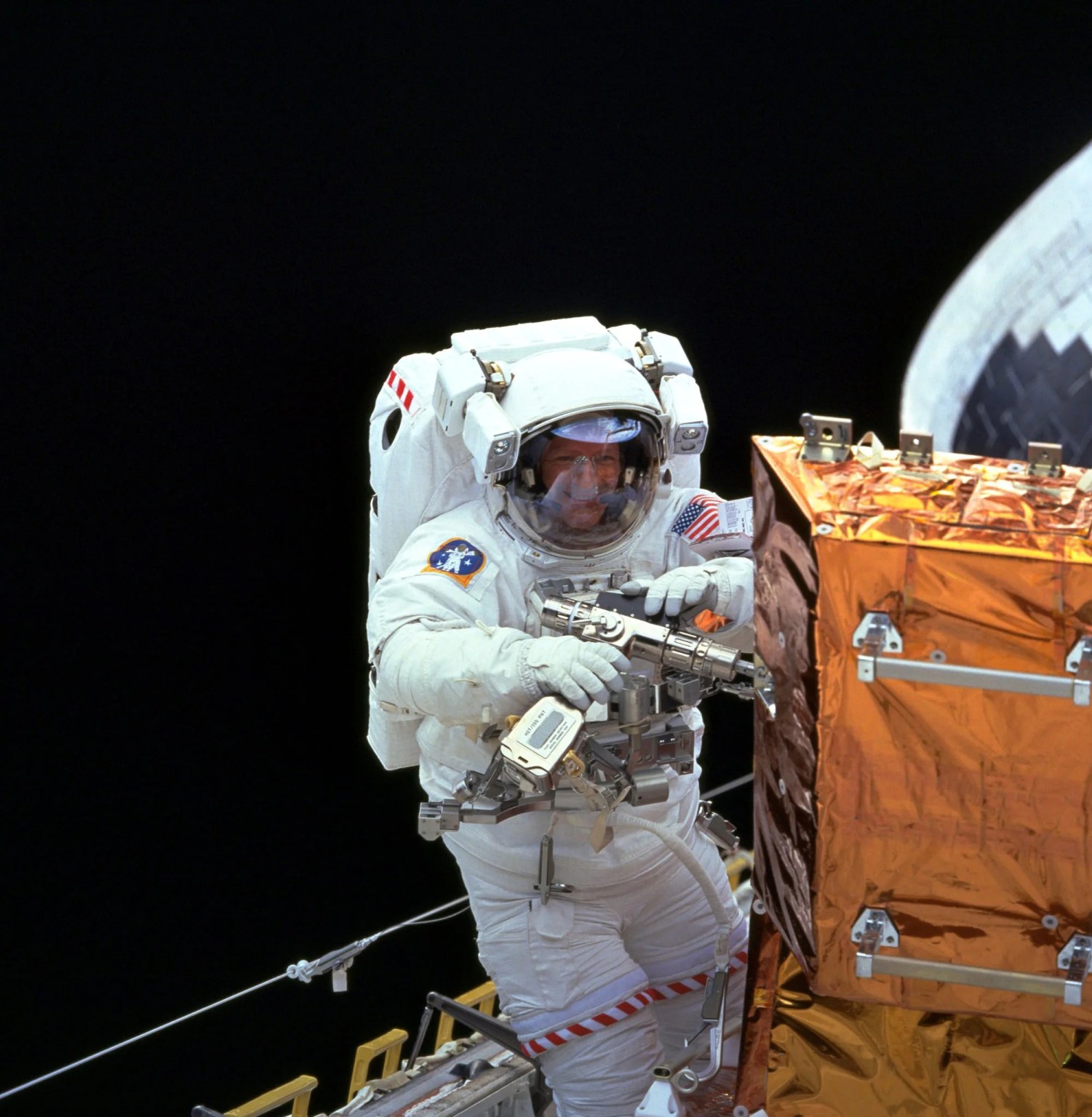From August 19-30, take a trip through our cosmic neighborhood with Hubble as your tour guide! Explore our local universe with newly released Hubble images of nearby galaxies and cosmic objects. Through daily social media posts, learn more about our corner of the cosmos and your place within it!
Meet Your Cosmic Neighbors
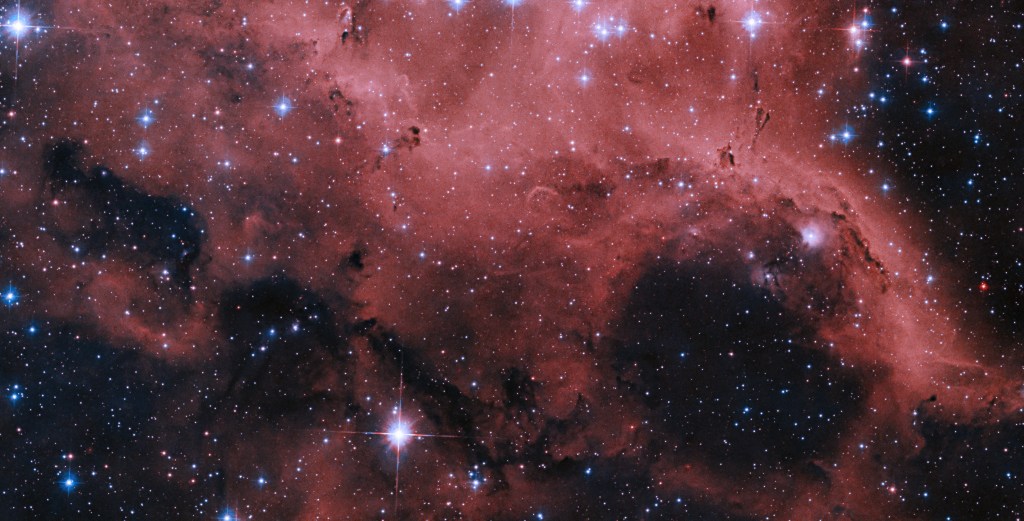
Hubble Spots Billowing Bubbles of Stellar Floss
A bubbling region of stars both old and new lies some 160,000 light-years away in the constellation Dorado.
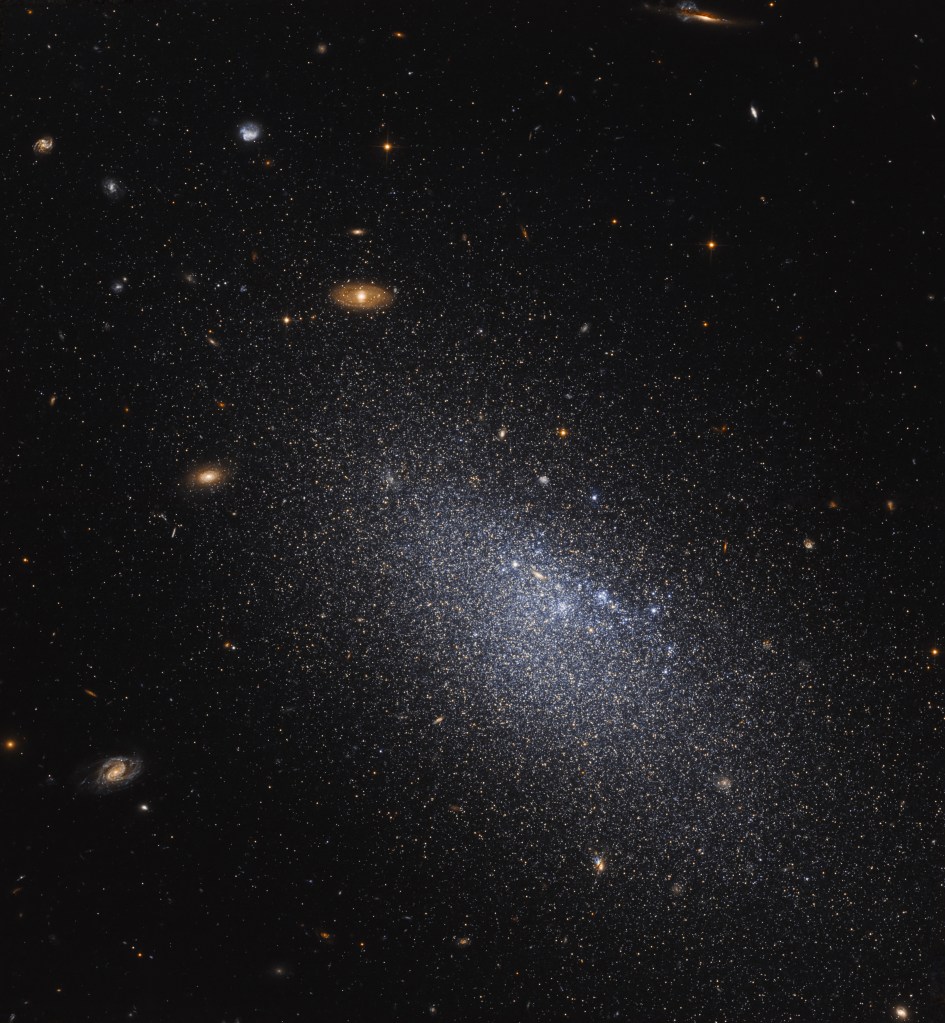
Hubble Examines a Possible Relic
This Hubble image captures the dwarf irregular galaxy UGC 4879 or VV124.
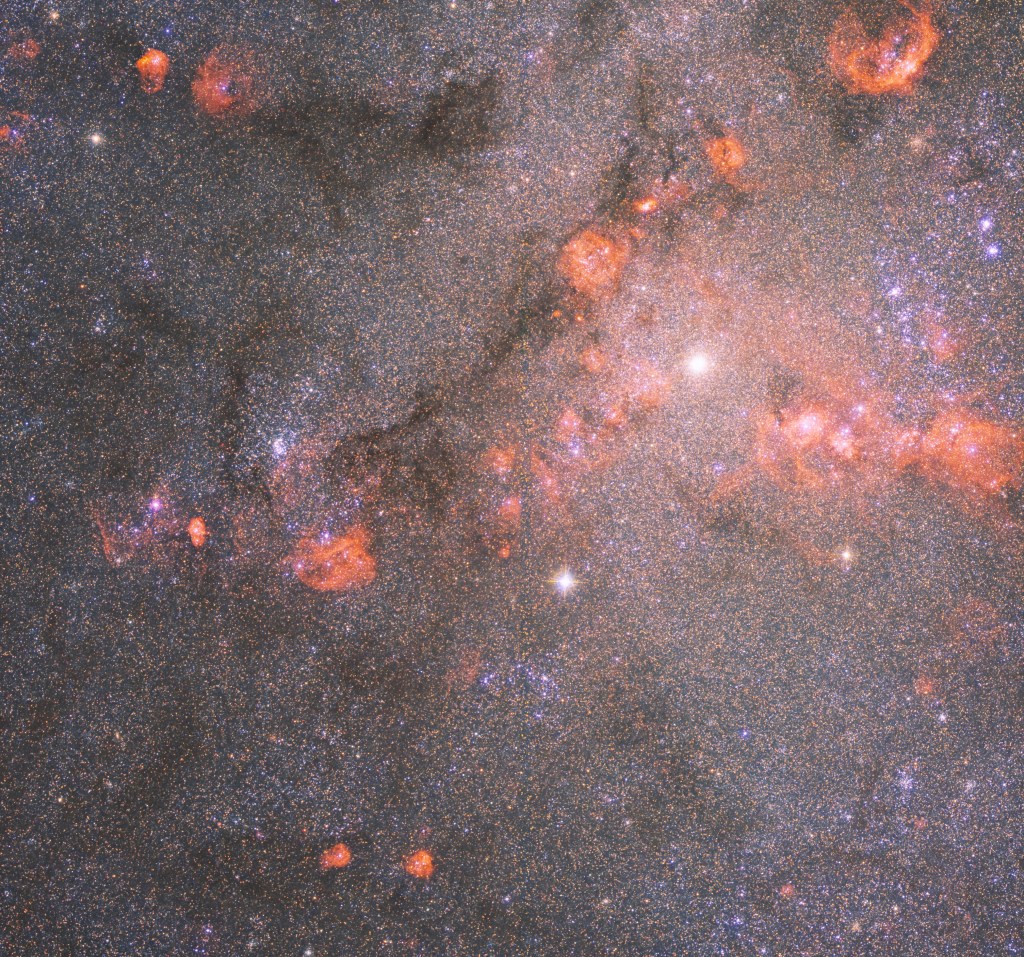
Hubble Peers Into the Center of a Star-forming Powerhouse
This view from Hubble plunges into the center of spiral galaxy Messier 33, also known as the Triangulum Galaxy.
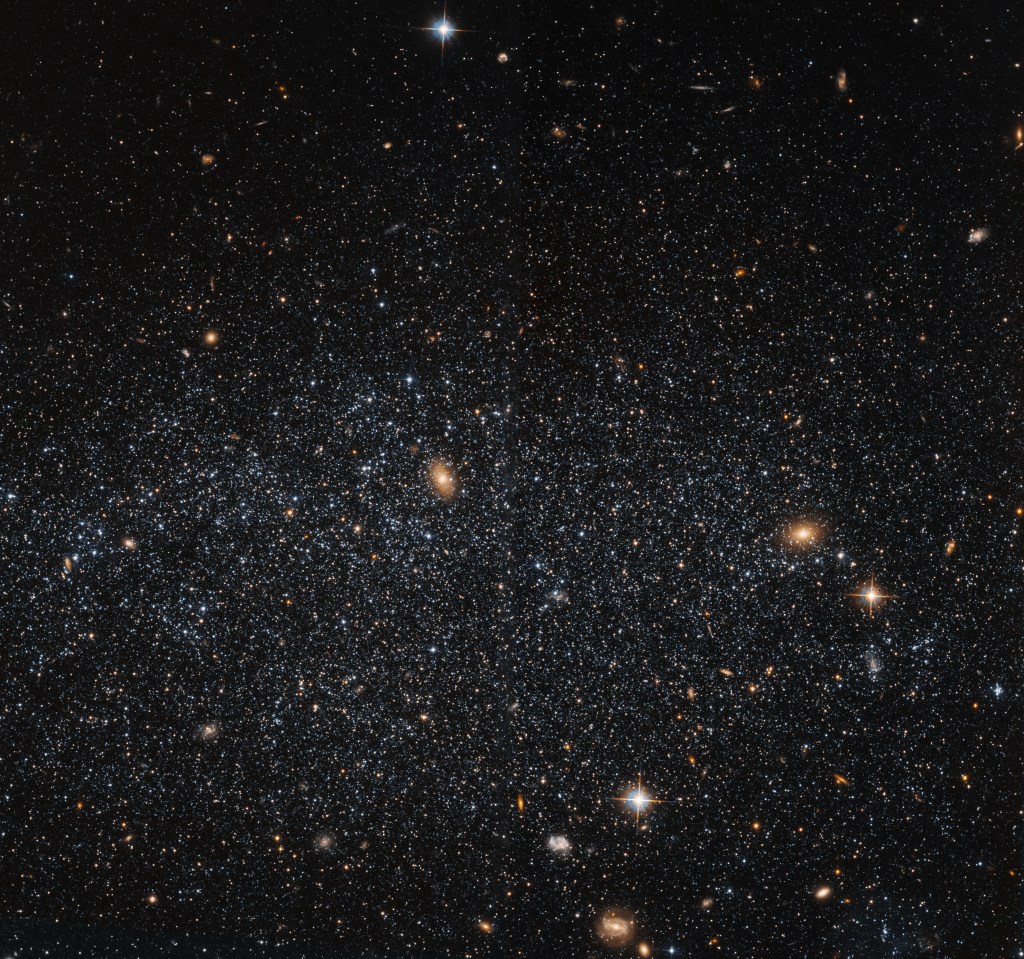
Hubble Finds Structure in an Unstructured Galaxy
This Hubble image features the nearby dwarf irregular galaxy Leo A, located some 2.6 million light-years away.
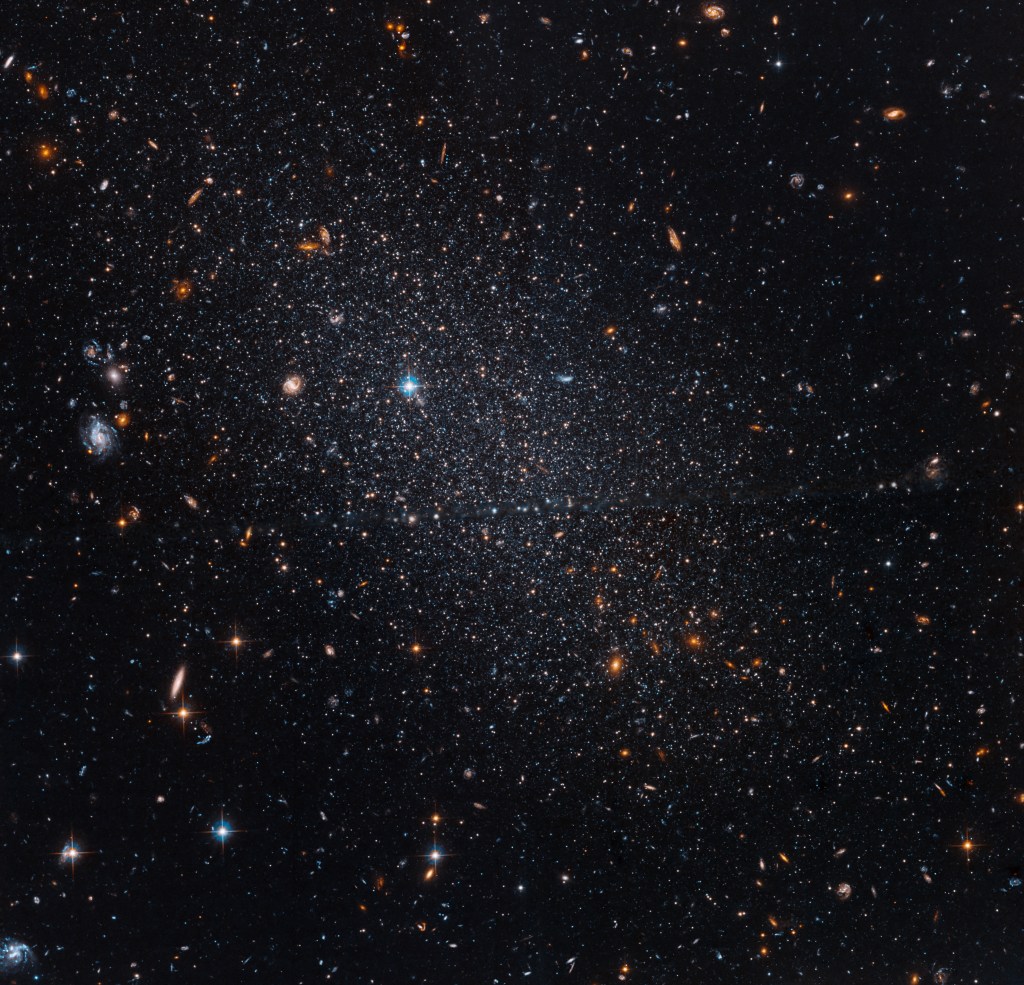
Hubble Reaches a Lonely Light in the Dark
A splatter of stars glows faintly at almost 3 million light-years away in this new image of the Tucana Dwarf from Hubble.
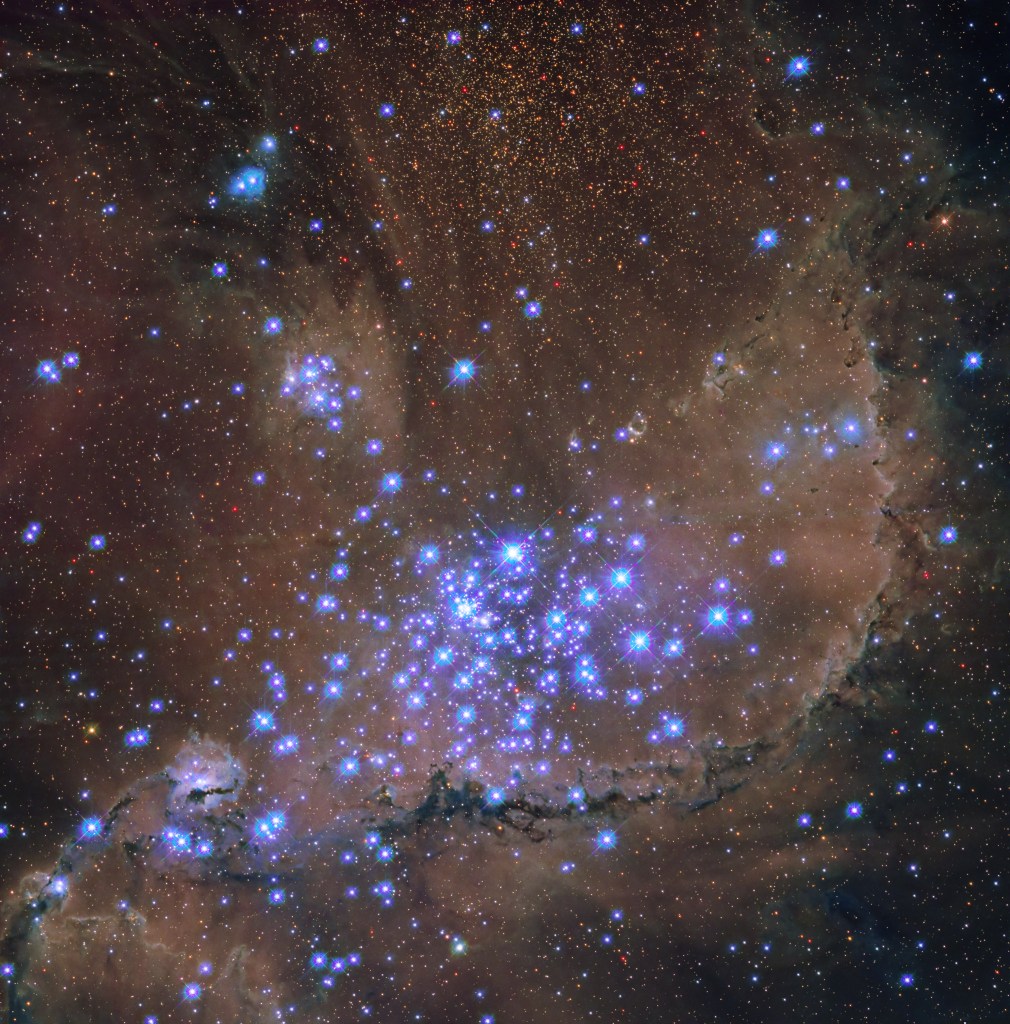
Hubble Captures Unique Ultraviolet View of a Spectacular Star Cluster
NGC 346 is nestled within the Small Magellanic Cloud, a small satellite galaxy to our Milky Way.
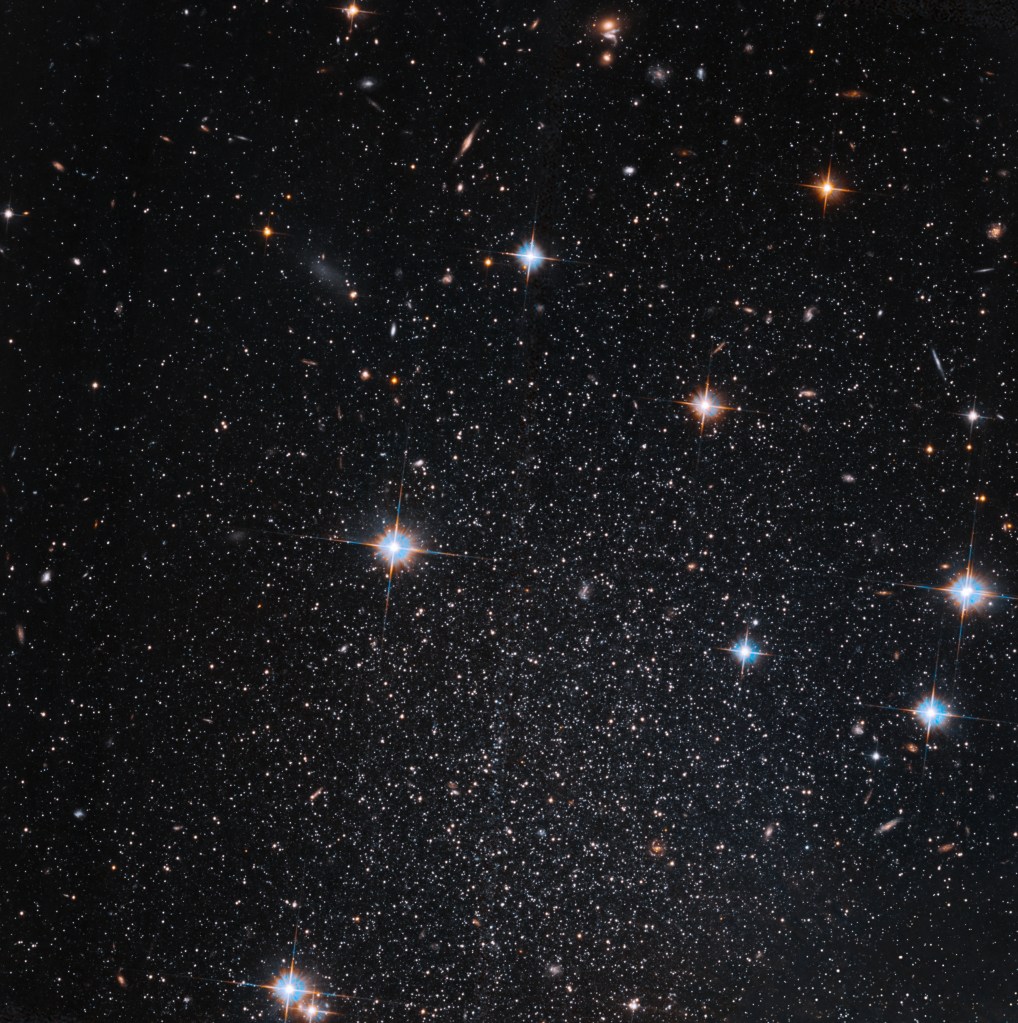
Hubble Pinpoints a Dim, Starry Mini-galaxy
A glittering collection of stars shines against a background of much more distant galaxies in this view from Hubble of the Pegasus Dwarf spheroidal galaxy, also known as Andromeda VI.
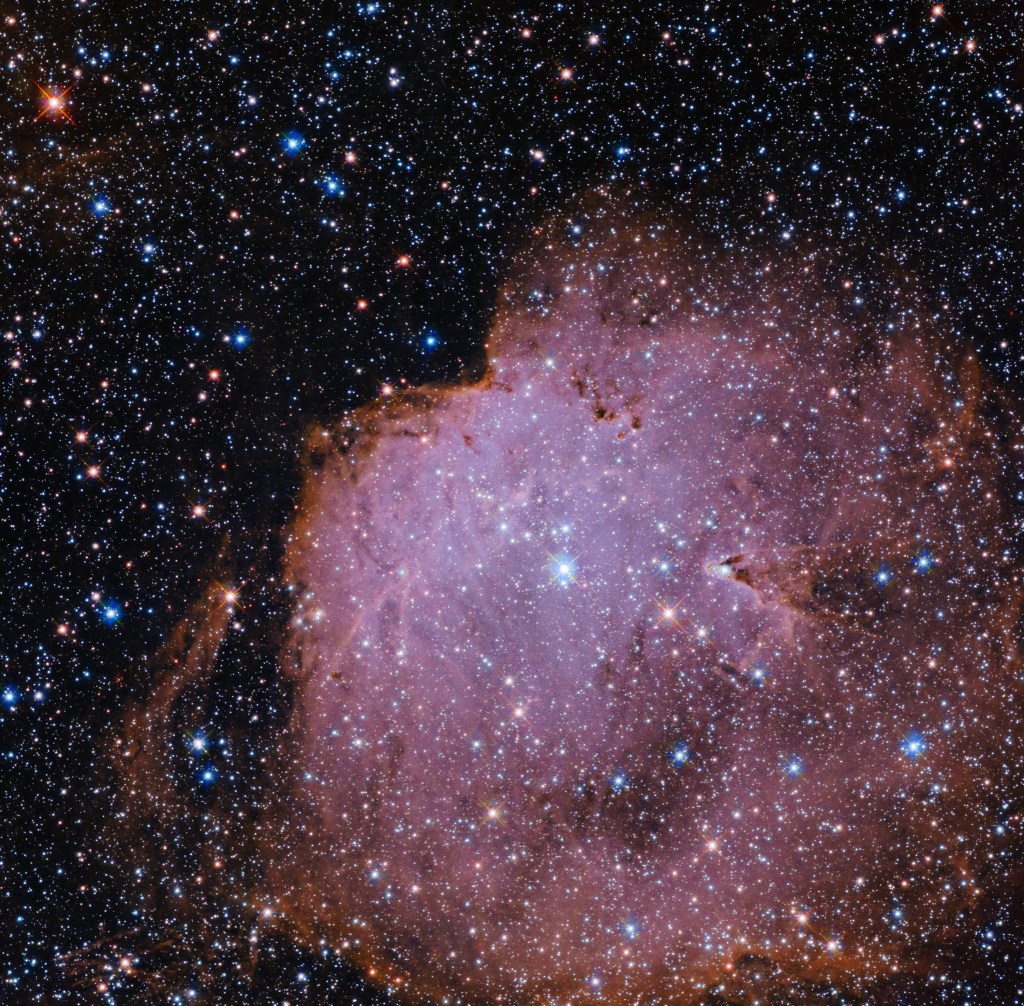
Hubble Traces Star Formation in a Nearby Nebula
NGC 261 blooms a brilliant ruby red against a myriad of stars in this new image from Hubble.
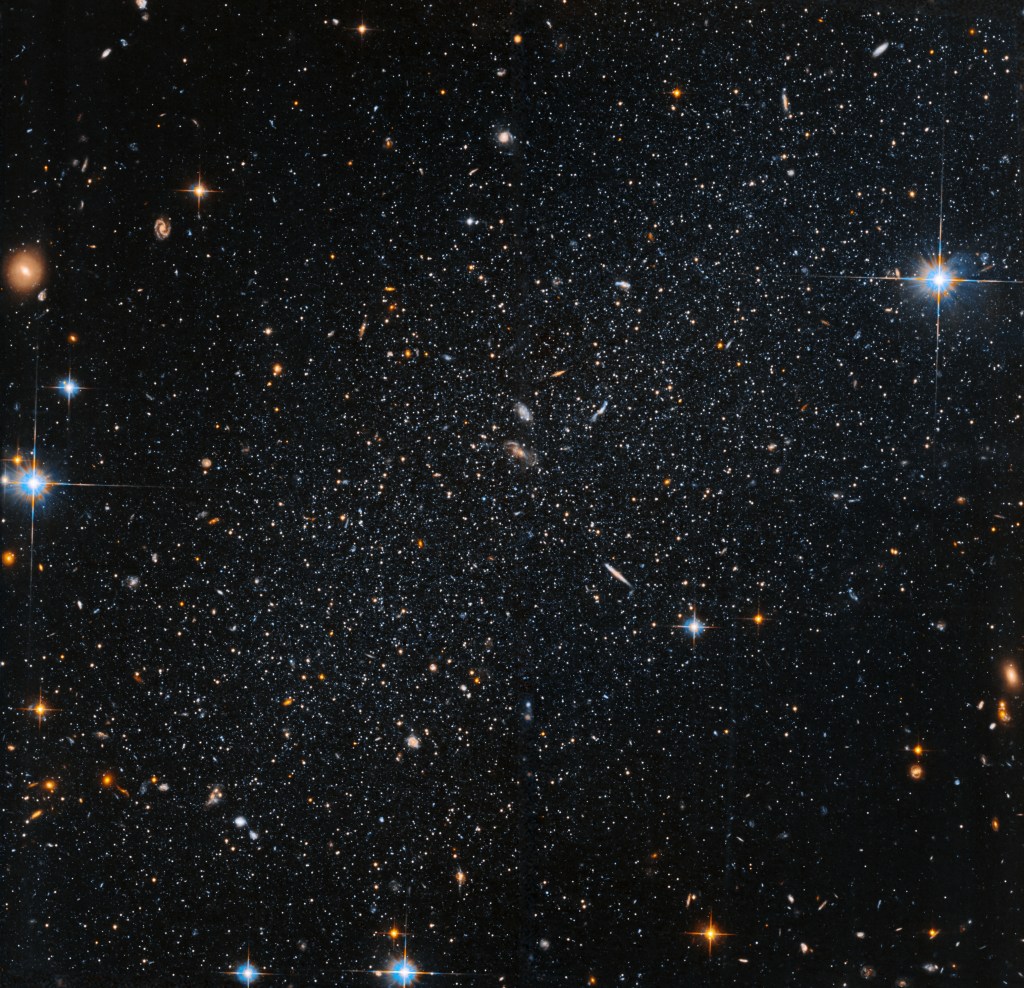
Hubble Observes An Oddly Organized Satellite
Andromeda III is one of at least 13 dwarf satellite galaxies in orbit around the Andromeda galaxy.
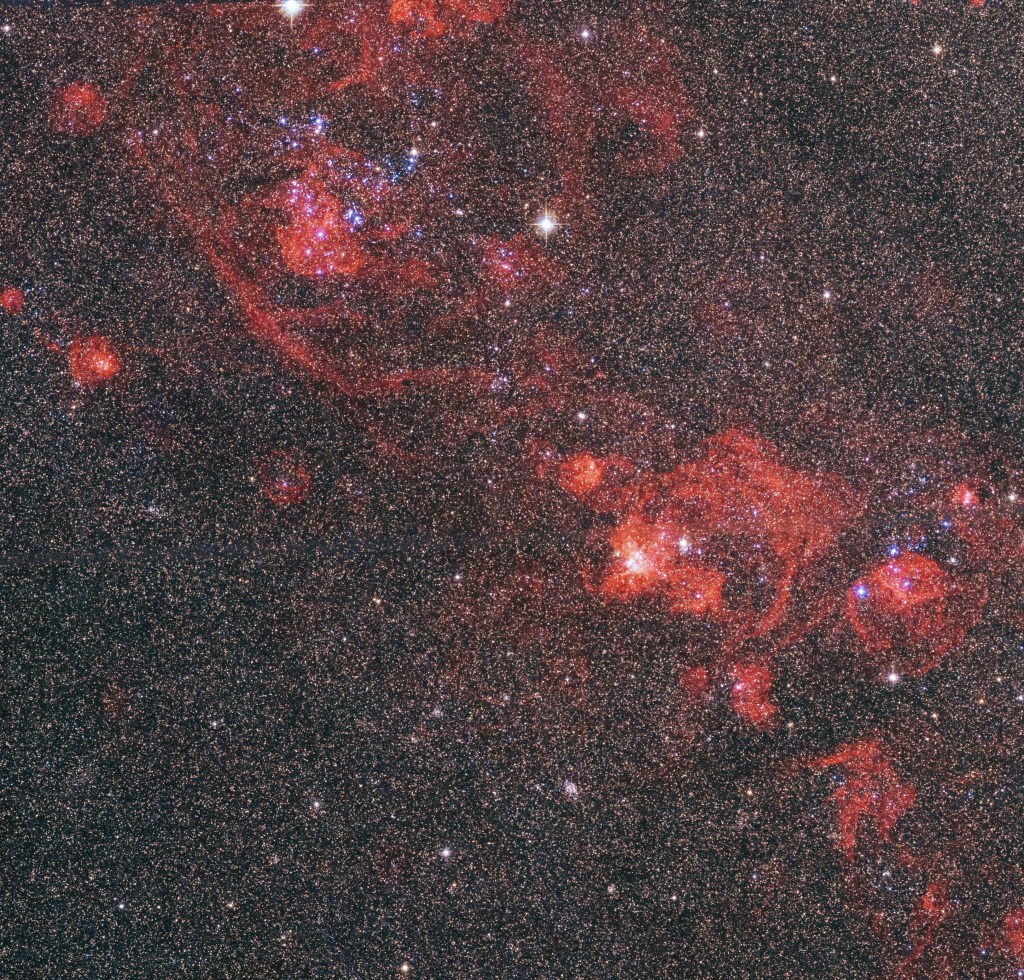
Hubble Zooms into the Rosy Tendrils of Andromeda
Clusters of stars set the interstellar medium ablaze in the Andromeda Galaxy about 2.5 million light-years away.
Hubble E-Books
Hubble has a wealth of free e-books available to download. Explore our <em>Hubble Focus</em> series and learn more about a specific scientific phenomena, or discover one of our other e-books that provide an overview of the mission, celebrate anniversaries, and more. Happy reading!
Learn More